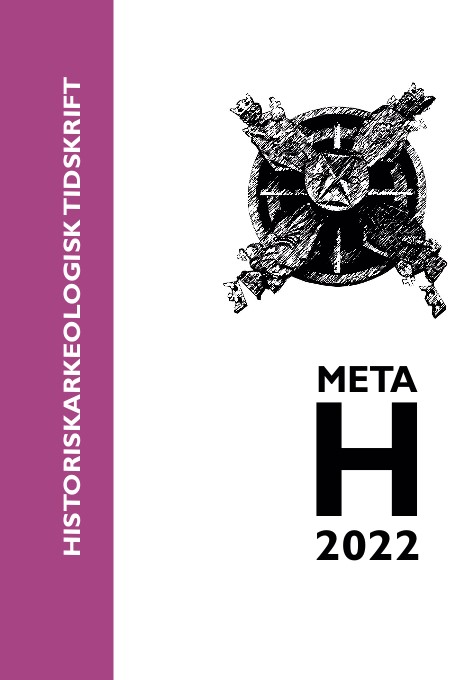Tid, arkeologi och konst
– Kulturpelaren i Lund
DOI:
https://doi.org/10.59008/meta.vi.10690Abstract
Time, Archaeology and Art – the Pillar of Culture in Lund. The article is an investigation into how archaeologists and artists may relate to time departing from the so-called “Pillar of Culture” at The Cultural Museum in Lund. The pillar is a six meter high stratigraphical section from an excavation in Lund 1913. It was exhibited in 1932 in a context of artifacts from the actual excavation. The pillar was relocated to the Medieval Hall in 1959, where the section was supplemented with a series of pottery and a wooden sculpture by the artist Torsten Treutiger. The pillar was moved again later in time and became a part of the Metropolis exhibition that opened in 1999.
Stratigraphic thinking and methodological practice are followed from the 17th century to the present. An excavated section of a “kitchen midden” exhibited at the National Museum of Copenhagen is identified as a possible model. The pillar is analyzed as a visualization of the history of Lund based on different types of sources, which are combined – soil, artifacts, written documents and monuments. From the beginning the pillar was supposed to represent 10.000 years, later a period of only 658 years, the “long Danish Middle Ages”.







